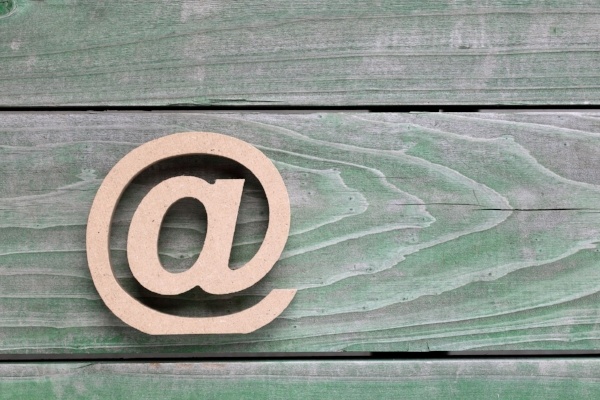Email is (still) one of the most effective ways to directly market to audiences. It’s also increasingly becoming difficult to stand out amongst all the hundreds of other emails that we receive every day—but that doesn’t mean it isn’t worth your while to learn how to do just that. Using the right words are the key to speaking to your audience. The following guidelines are essential to writing effective and engaging email copy that compels your audience to act and engage with your brand.
Subject Line
The subject line may be the most important part of your entire email. If your subject line isn’t compelling and relevant, then your email will likely sink to the unopened emails graveyard. Believe it or not, clarity trumps creativity when it comes creating a promising subject line. Rather than a creative but vague statement, be specific and use actionable language (verbs) that will motivate your readers to open the email.
Preview Text
Not to be overlooked, preview text offers an opportunity to provide a supplementary statement to the subject line that sweetens the promise of the valuable information that awaits your reader in the body of the email. If your subject line is a question, the preview text can act as answer. It can also just go into a little more detail than the subject line.
Body
So your reader was intrigued enough to open your email, now it’s time to bring your message home and drive your readers to fulfill the specific call-to-action you’ve outlined. Consider the following when diving into writing the bulk of your email:
- Touch of Personalization – Featuring the recipient’s name at the beginning of the email and in the subject line using smart technology is a simple step to make any email feel more personal, and frankly, is expected at this point. Aside from this easy tactic, be sure to use language and vocabulary that is familiar to your recipients and cater to their pain points and desires. The more personal and relevant your email is, the more it will matter to the reader. This is especially achievable when your email lists are strategically segmented based on qualities and traits that are relevant to your business.
- Features Tell but Benefits Sell – Another way to facilitate effortless understanding of the value you’re offering is by writing about the benefits, not the features. Rather than having someone go through the effort of evaluating what they can get out of the features, it’s more effective to inform your audience how it benefits them—making the decision to follow your call-to-action that much easier.
- Keep the Fluff to a Minimum – Nothing is more repelling than getting slammed with an overwhelming wall of text when opening an email. Be concise and thoughtful with every sentence. Don’t play hide and seek with the key piece of information that you want your readers to act on—make it apparent and visible. Unnecessary sentences will only dilute your central message.
- Be “skimmable” – We all skim our text, deciphering what it’s about and whether it’s worth spending more time reading or acting on. Format your text to be “skimmable” so that a reader can decipher what your message in five seconds or less by using subheadings, bolded words, lists, and paragraphs. This will ultimately make the copy look more inviting and force you to be thoughtful with the structure and organization of your email.
- Let Your Personality Shine Through – While every email should always be professional, that doesn’t mean you have to sacrifice sounding engaging and fun. Adding personality and using a specific tone that aligns with the content will not only make it more enjoyable to read but also give your brand a distinct voice. Use humor, sprinkle some enthusiasm, and don’t be afraid to sound like there’s a real person behind the words.
- Make the Call-to-Action Clear – Transport yourself to the mind of your audience and pretend you’re reading your email copy for the first time. Is the call-to-action crystal clear? Has it been shown more than once in different forms? Does it stand out? Is the action itself clear? Your email should always illicit something for the reader to do—and taking that action should be supported by all of the copy.
Other Email Related Tips:
- Write in the second person, using the words “you” and “your” so that you’re directly addressing your audience.
- Use simple and specific language that is easy to digest.
- Ensure the body of the email delivers on the promise of your subject line.
- Make sure that before starting to write, the message and purpose of the email is clear to you first.
Whether your audience is consumer or trade, use these guidelines as you type up your next email and hopefully it will result in not only improved open rates and click-through rates, but ultimately progress the relationship you have with your contacts as you provide them with valuable information. Happy writing!












